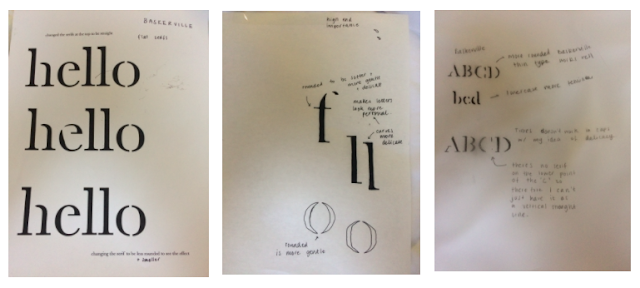Pictograms -
Pictograms warn, guide or protect the people that are using the, they also are there for very immediate messages meaning they must get straight to the point and also be universally recognisable.
Syntactics -
These are a set of rules that govern how the signs work well together.
Semiotics -
is the study of signs and symbols and their use or interpretation. They are dependant on knowledge, society, cultural attitudes and context.
Pragmatics -
signs that tell you things depending on the environment around you
Indicative - indicating what can happen but does not have to happen
Imperative - telling the viewer what is allowed or not allowed
suggestive - suggesting to the viewer what to do but they dot not have to listen
Basic Signs
The Triangle -
On its apex a triangle is used to create a sense of direction, tell the viewer to go either left or right, most commonly used on roundabouts or T junctions.
Normal triangles are used most commonly as warning signs warning the viewer of what is coming up ahead in the area.
The Circle -
The circle sign is most commonly used for regulatory signs, telling the viewer what is allowed or not allowed in the upcoming area. Another thing they are commonly used for is speed limit signs.


















